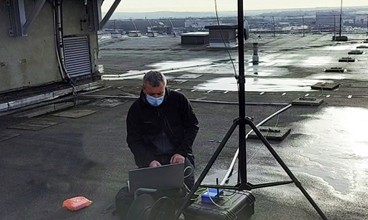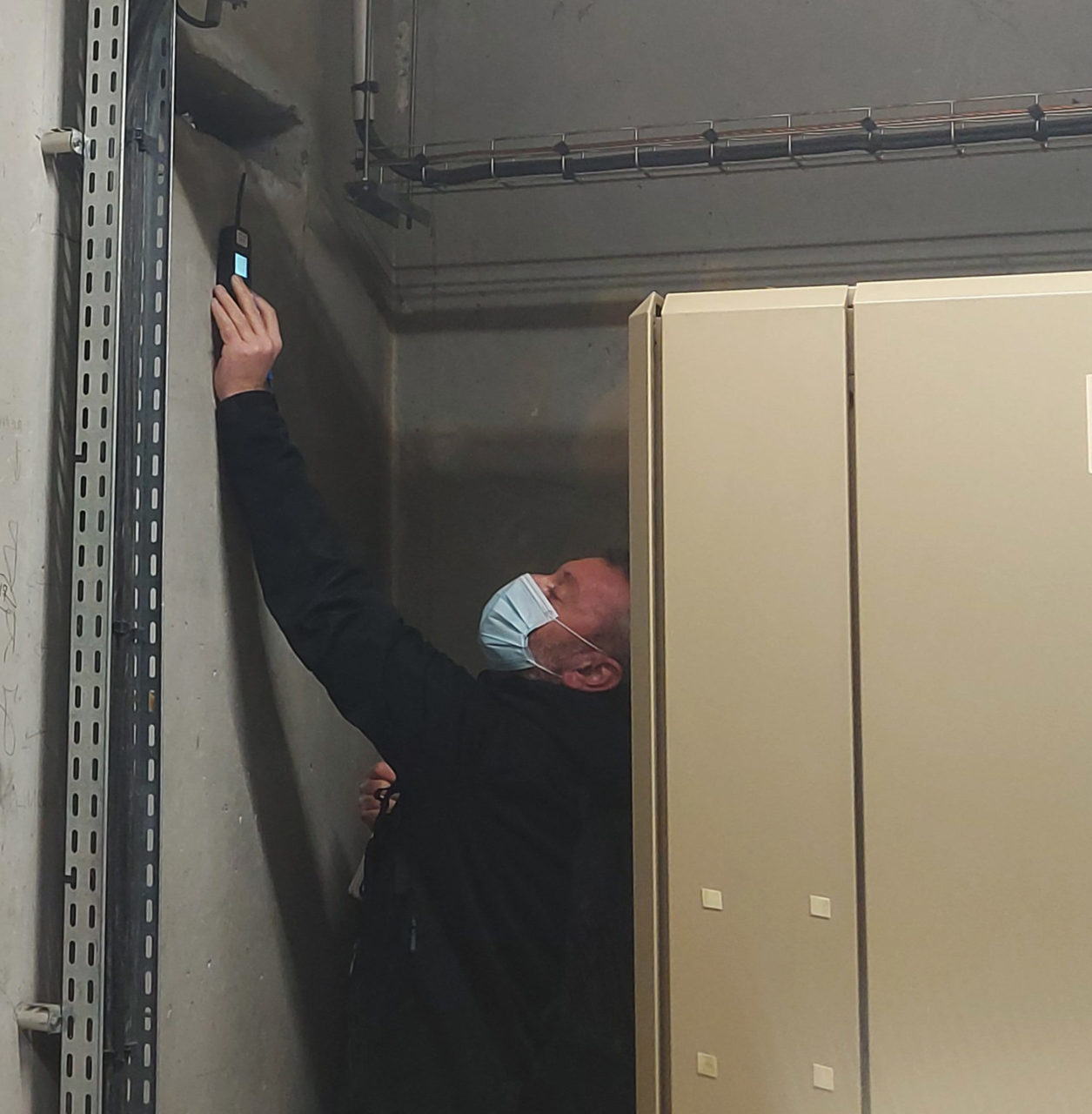3 QUESTIONS ABOUT RADIO-MAPPING
To Nicolas Maurice, IoT technical expert
To Nicolas Maurice, IoT technical expert
Radio mapping is an essential step in any IoT project with an LPWAN network. It ensures the success of the project in the field. It also helps avoid disappointments when deploying sensors on site or afterwards.
Nicolas Maurice, technical expert at Adeunis, explains why it is essential to carry out a radio coverage study.
This study allows us to determine the coverage quality of a LoRaWAN, NB-Iot, or LTE-M IoT network in an area. This study is carried out in the area where IoT sensors are to be installed in the future. This is done to verify the possibilities of deployment and to validate the correct implementation of the use cases envisaged. For example, to check the network coverage in a boiler room where Adeunis TEMP temperature sensors will be deployed on a domestic hot water network.

In the case of a private network deployment, this study can also be carried out in order to determine the positioning of the gateway(s) iin the building according to the points to be measured.
This survey is carried out on-site, using the Adeunis network tester, the FTD (Field Test Device). The FTD determines the availability of the network at various measurement points. The data can be viewed directly on the digital display and also recorded for later analysis.
There are two categories of studies:
The first is done at the beginning or upstream of the project to qualify the environment in which you are located. What network is available? How is the coverage? Which points are at the limit of coverage?
The second is done when the sensors are deployed on site, to validate the exact positioning desired for the devices and/or the gateway.

In the first stage of network qualification on site, two approaches coexist:
In this “pre-project” phase, the radio-mapping study helps to shed the light on the choice of network. The data is to be combined with other elements to meet the needs of the IoT project and its objectives.
Examples of elements to take into account when choosing the type of network to use for your IoT project:
During the on-site deployment phase, the network study allows us to define and validate:
Indeed, depending on the type of location (number of floors, materials making up the building or the equipment present, location with respect to antennas), not all locations have the same access to the network. For example: it is common to have to place sensors in the basement on meters or equipment such as boilers. In the basement, access to the network is very often more limited.
As another example, the adeunis team of experts recently carried out a radio-mapping of about 100 points on a site of several square kilometers. This site included underground meters to be monitored. For such a site, three gateways were finally necessary to ensure complete coverage of the site.
We then go to the site, where we position and activate the gateways. Then, thanks to the FTD, measurements are carried out on the envisaged sensor locations. The positioning of the gateway or transmitters is then adapted accordingly.
Finally, the data is recorded and retrieved for later analysis. They will then be used to draw up a study report with all our recommendations and guidance.
In short, deploying hundreds of LPWAN sensors without validating the coverage in the field means almost certainly having to return to the site afterwards and therefore reducing the return on investment of the project.
The FTD is the essential tool for carrying out this study. In addition to its use, only an in-depth analysis of the data collected and meticulous field tests, carried out by experts, can fully validate and consolidate the feasibility of the project.
The radio-mapping study therefore makes it possible to quickly identify weak points in the network and to plan, from the outset, corrective solutions to optimise the deployment of the project and guarantee the correct transmission of data.
24/04/2021
expertise to support you, from the diagnosis to the implementation of your solution
Subscribe to our newsletter!
Your e-mail address is only used to send you our newsletter and information about our company. You can unsubscribe at any time using the link included in each email.
